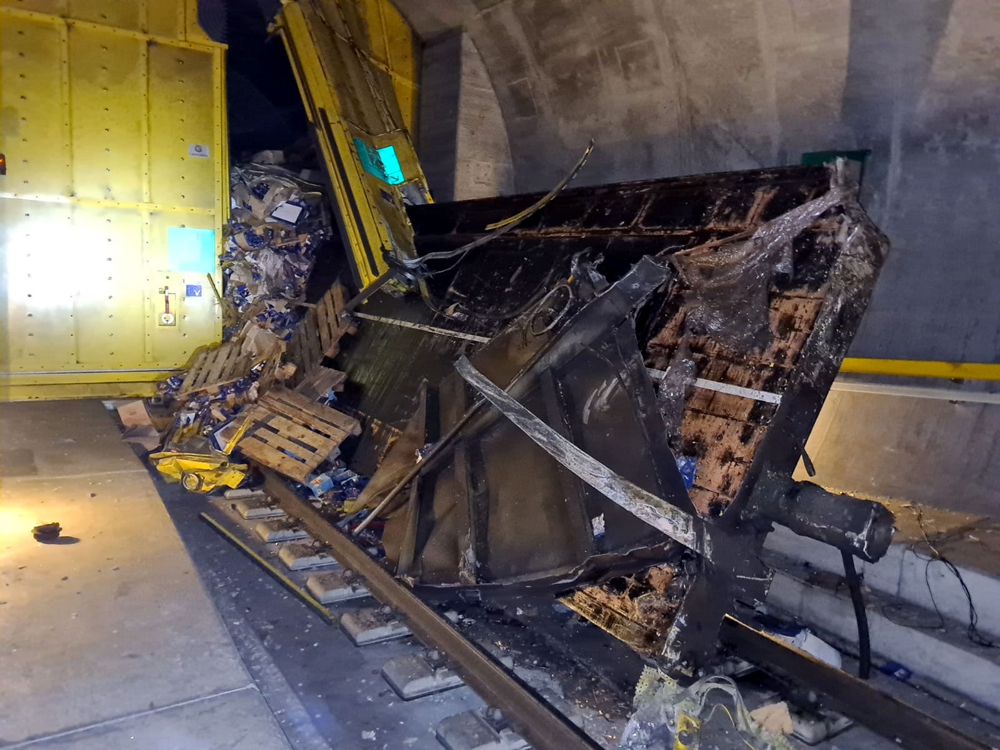
BERN, Switzerland — A broken wheel was the cause of the derailment in the Gotthard Base Tunnel that disrupted traffic through the world’s longest rail tunnel for more than a year, the Swiss Safety Investigation Center (SUST) confirmed in its final report on the Aug. 10, 2023, incident.
In a press release on the final report released today (June 2, 20250, the SUST said it has issued four safety recommendations and one safety notice as a result of its investigation. Three of the recommendations are addressed to the European Union Agency for Railways, and deal with the type of wheelset involved in the accident. They call for increased maintenance and inspection of those wheels, adjustment of a regulation addressing wheel diameter, and an investigation of whether the type of brake shoes involved increased the thermal load on the wheels, contributing to the problem.
A recommendation to the Swiss Federal Office of Transport concerns the design of switches such as the one involved in the derailment. Those switches have controls extending above the height of the crossties, and one was struck by the derailing car, which caused the switch to shift and ultimately triggered the derailment. Finally, a safety notice to SBB Cargo, the freight arm of the Swiss Federal Railways, addresses documentation of equipment inspection.
The broken wheel occurred on the front axle of 11th car of a freight train passing through the tunnel. The train continued with the broken wheel until reaching the crossover switch to cross between the tunnel’s two tubes at the Faido multifunction point. There, the dragging axle hit the crossover switch, which moved and send the rear wheelset onto the crossover track, causing the 14th car and all subsequent cars of the 30-car train to derail.
More than 7 kilometers (4 miles) of track and other structures, including an airtight safety door separating the two tubes, were damaged, closing the tunnel for an extended period and significantly limiting operations until Sept. 2, 2024. [See “Switzerland’s Gotthard Base Tunnel resumes …,” Trains News Wire, Sept. 2, 2024.] The incident led to a year-long reroute of traffic over the historic Gotthard Pass route that had become a lightly used secondary line since the opening of the base tunnel. [See “Gotthard Pass Revival,” Trains Magazine, March 2024.] The incident cost SBB an estimated 150 million Swiss Francs (then about $176 million) in repairs and lost revenue.
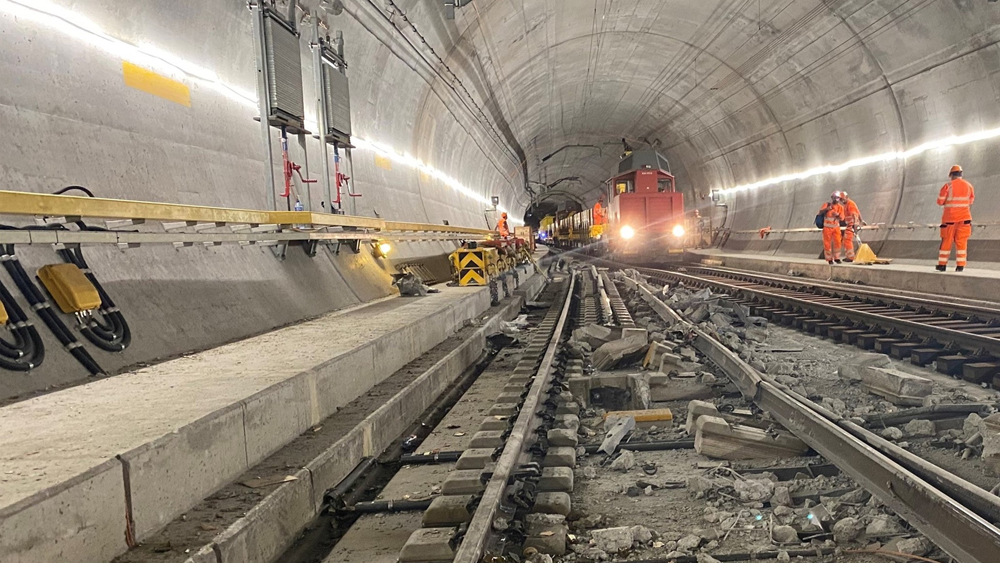






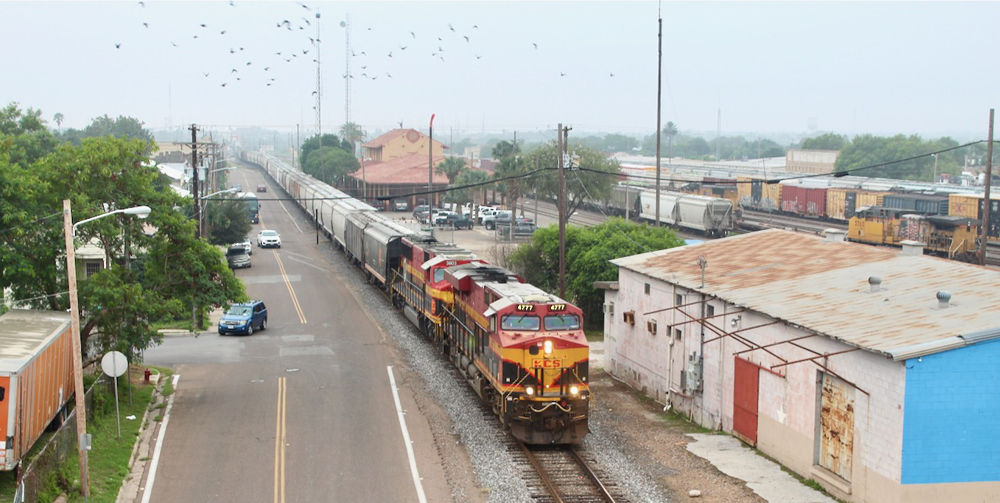
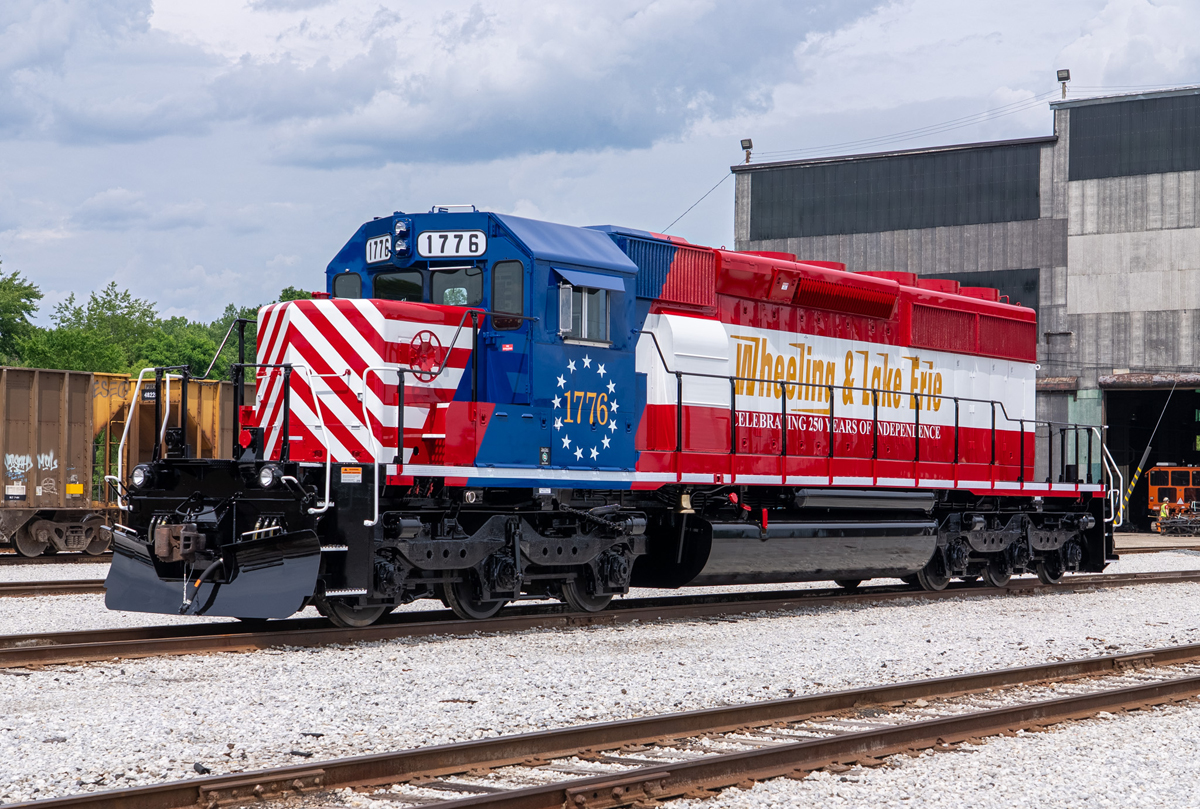
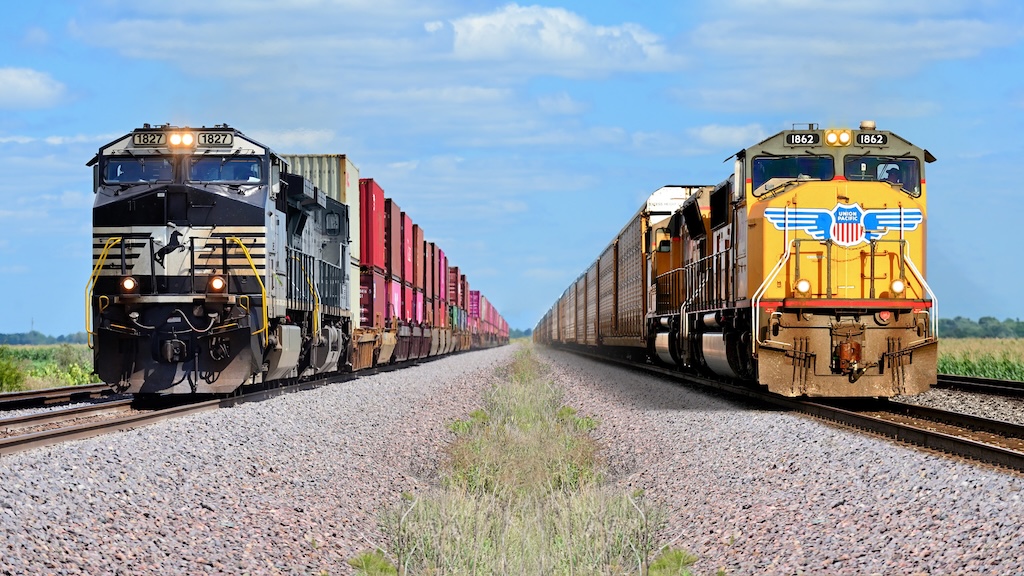

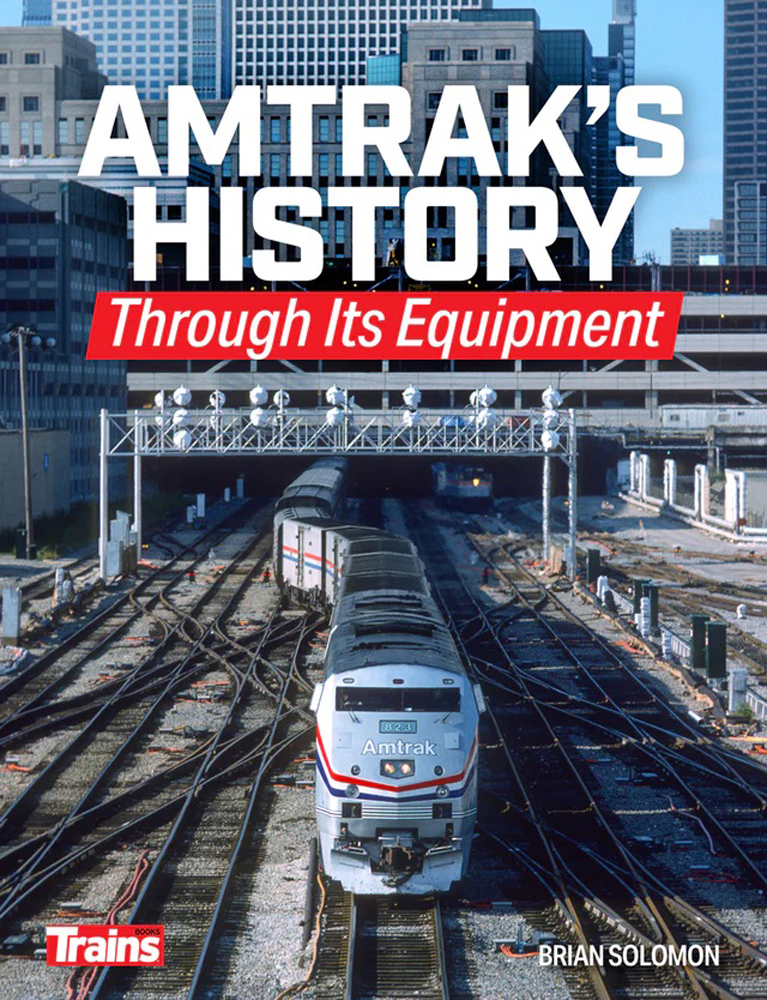

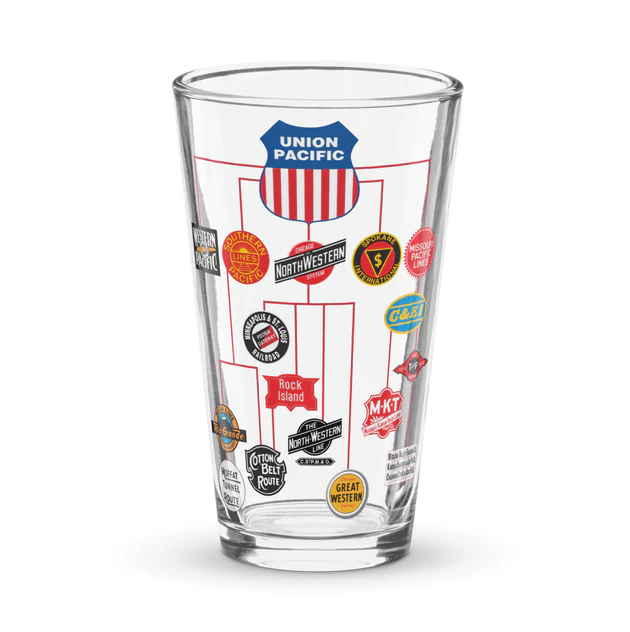
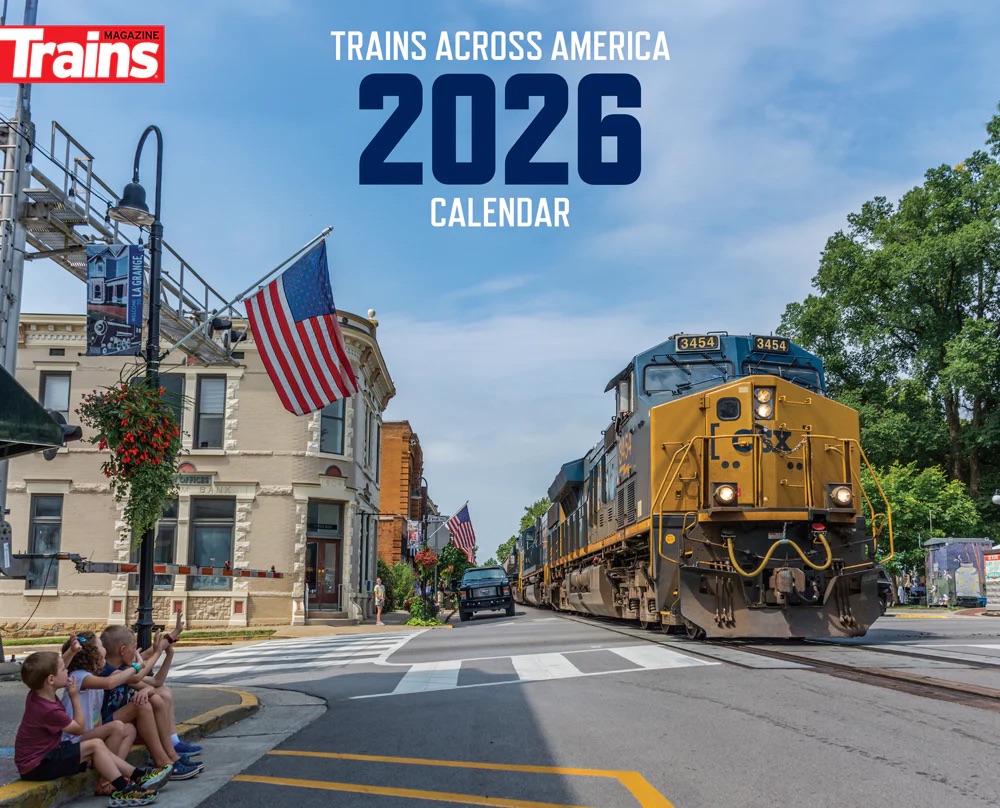
Interesting to me is the lack of emphasis on malfunction detection. The car continued with a dragging axle, damaging the right-of-way as it went, for (at least) four miles. If I’m reading right, the distance that wheel was dragged after it broke had a lot to do with why the wreck was so expensive. Had the malfunction been detected sooner and the train stopped before the switch forced the issue, it could have been a *whole* lot cheaper/quicker to fix.
Of course, there’s a tradeoff here (or several), and I expect that the Swiss evaluated it and decided that detection equipment in the tunnel wasn’t worth it. Still, though, that tunnel has a *lot* of strategic value per track-mile (in terms of rail operations), and it’s now been demonstrated that this kind of accident *can* happen there. So I am somewhat surprised that the Swiss folks’ remediation measures apparently don’t include anything in the detection line.
I would not be surprised if the notice to SBB Cargo addressed detection. The details of that were not spelled out in the press release, and the length of the full report exceeds that which can be handled by Google Translate, so I was unable to be more specific about additional details. — David Lassen
What I want to know is who thought that switch mechanicals above the height of the rail was ever a good ideal? That sounds bad from the get go. Was probably simulated on the idea of the majority of passing trains and didn’t include a “dragging equipment” scenario because in the Swiss way of thinking, that would “never happen” even though broken wheels are and have been a problem… a narrow thought approach which led to hundreds of millions of dollars in damage…
The savvy SBB must have remembered the hard (rail)way that the wheel cracks are a systematic problem possibly affecting a great number of rail cars running on European rail networks. The related problem seems to be with the more modern brake pads made of composite material, which does not dissipate heat as well as their predecessors in cast iron, causing wheels to crack.
Dr. Güntürk Üstün
One apparent difference in European railway philosophy vs. U.S. railroad is that were something like the Gotthard Base Tunnel to be built in the U.S., there would likely not be a “fall back” route available, as it would’ve likely been abandoned and wrecked-out upon inauguration of the new route.